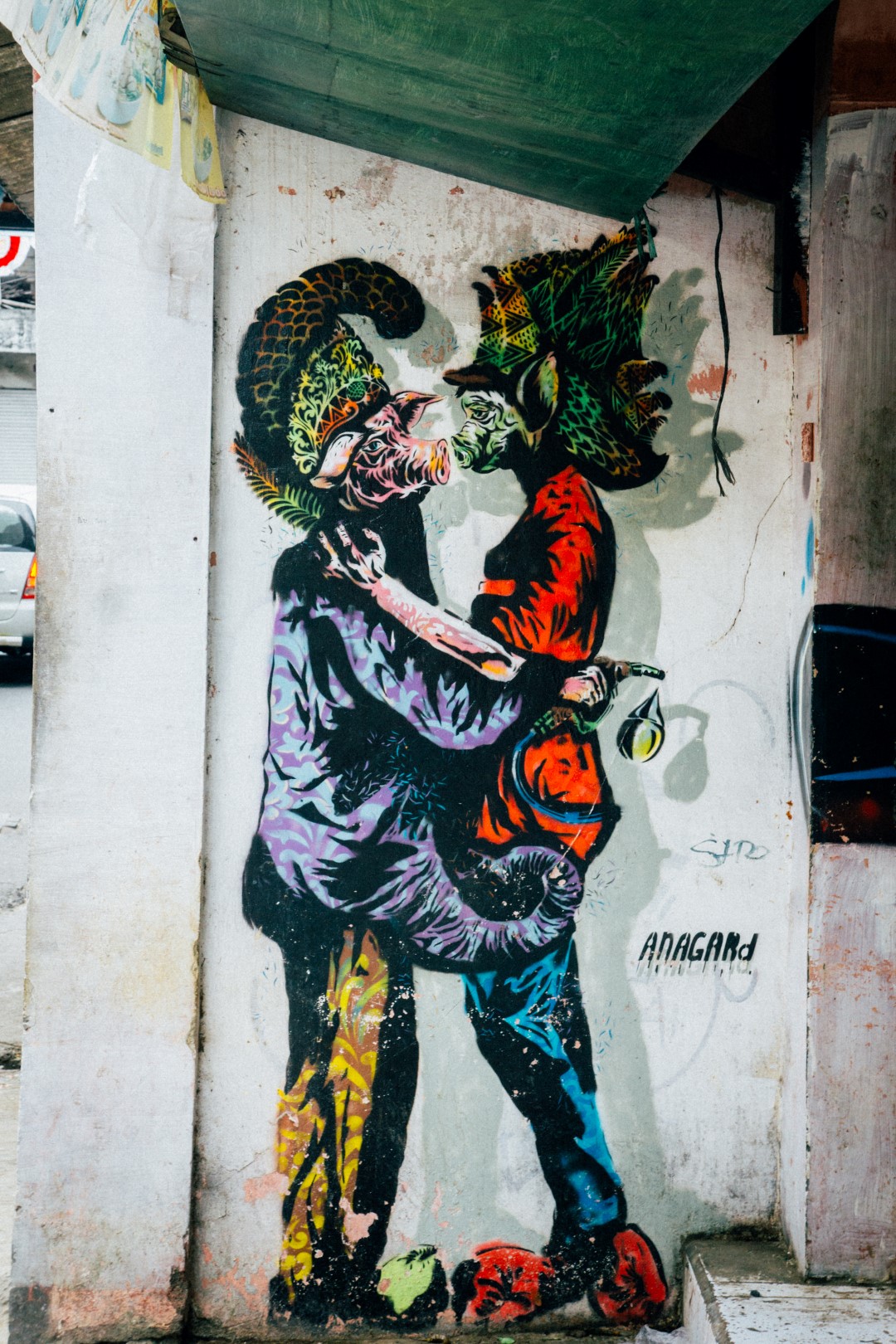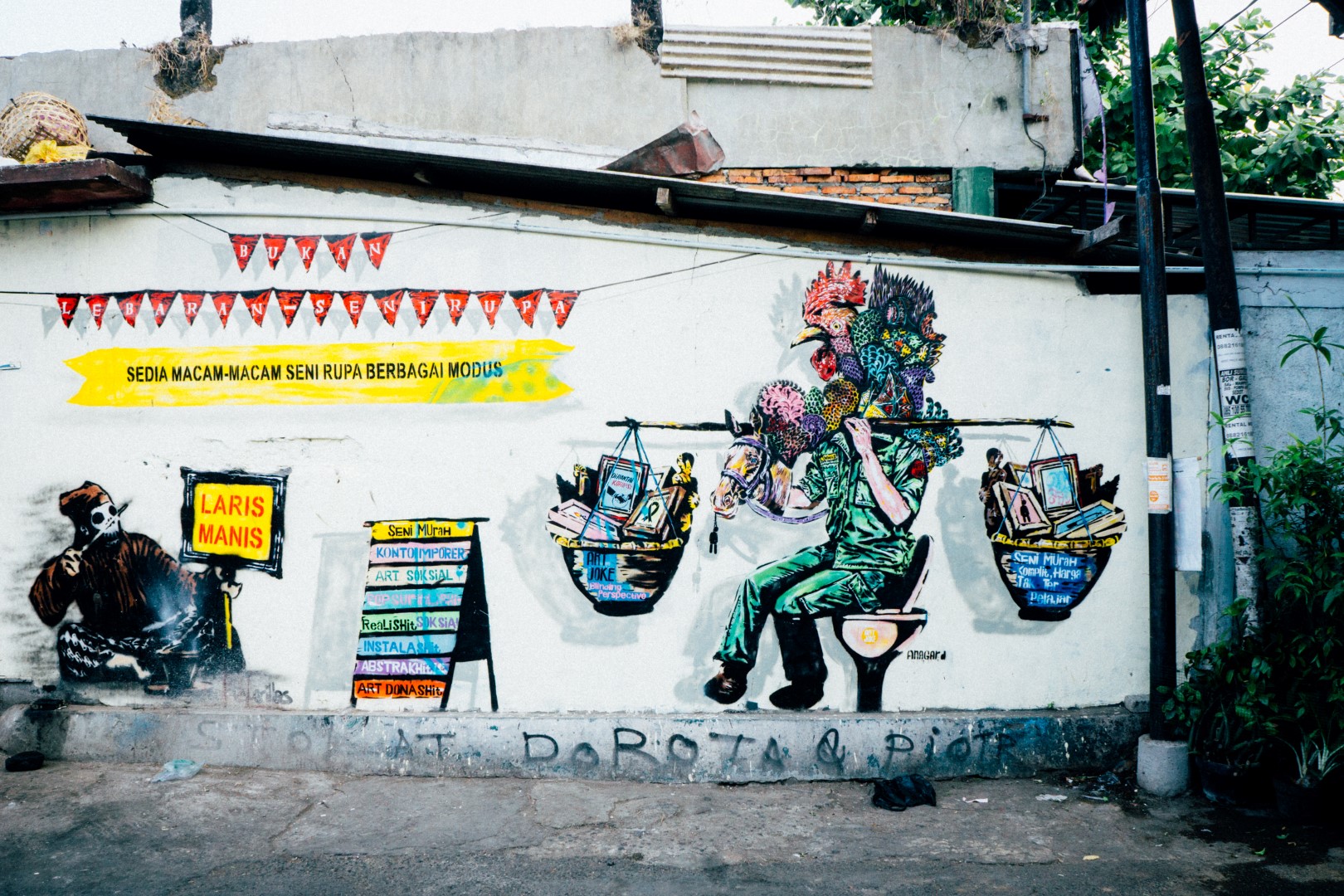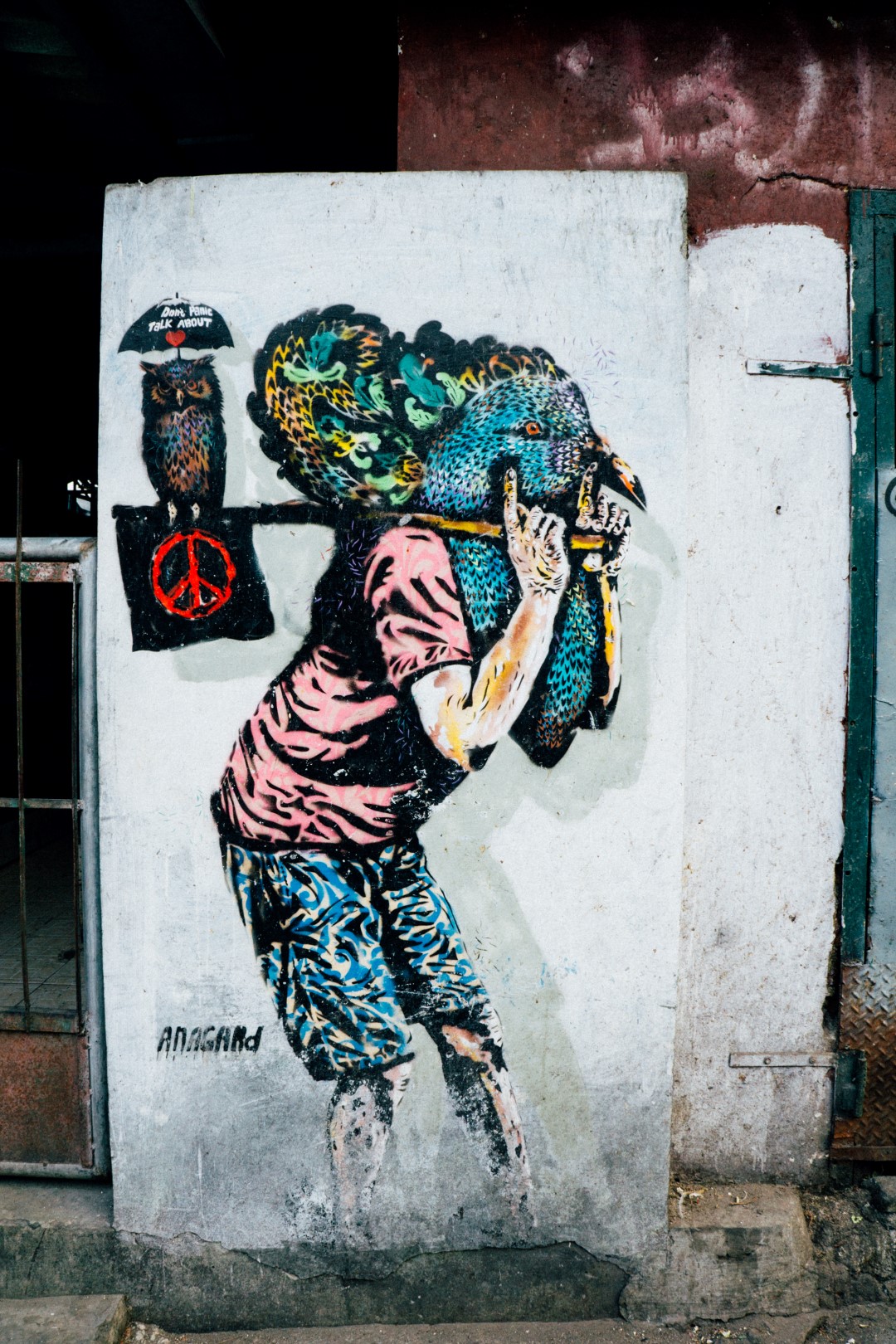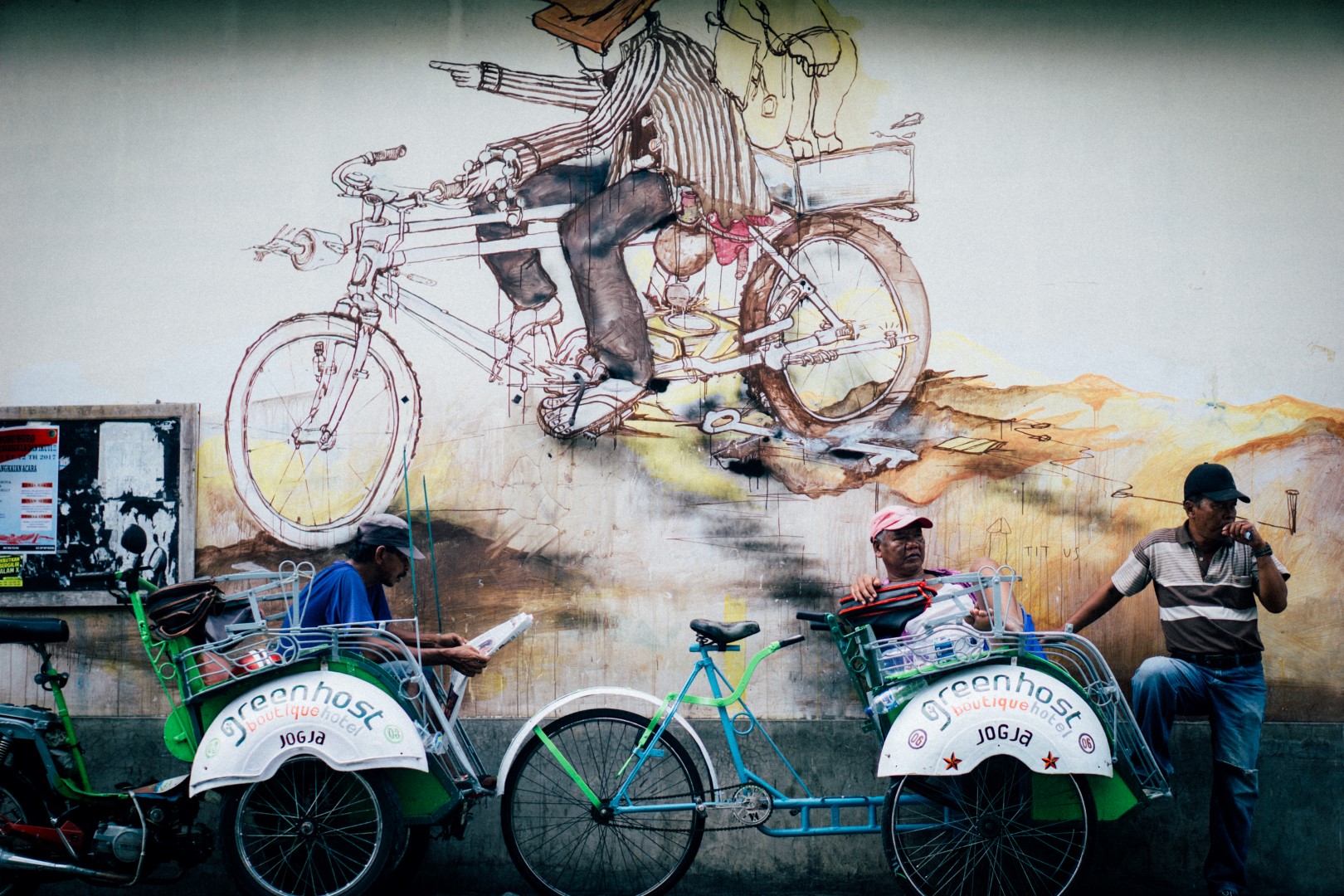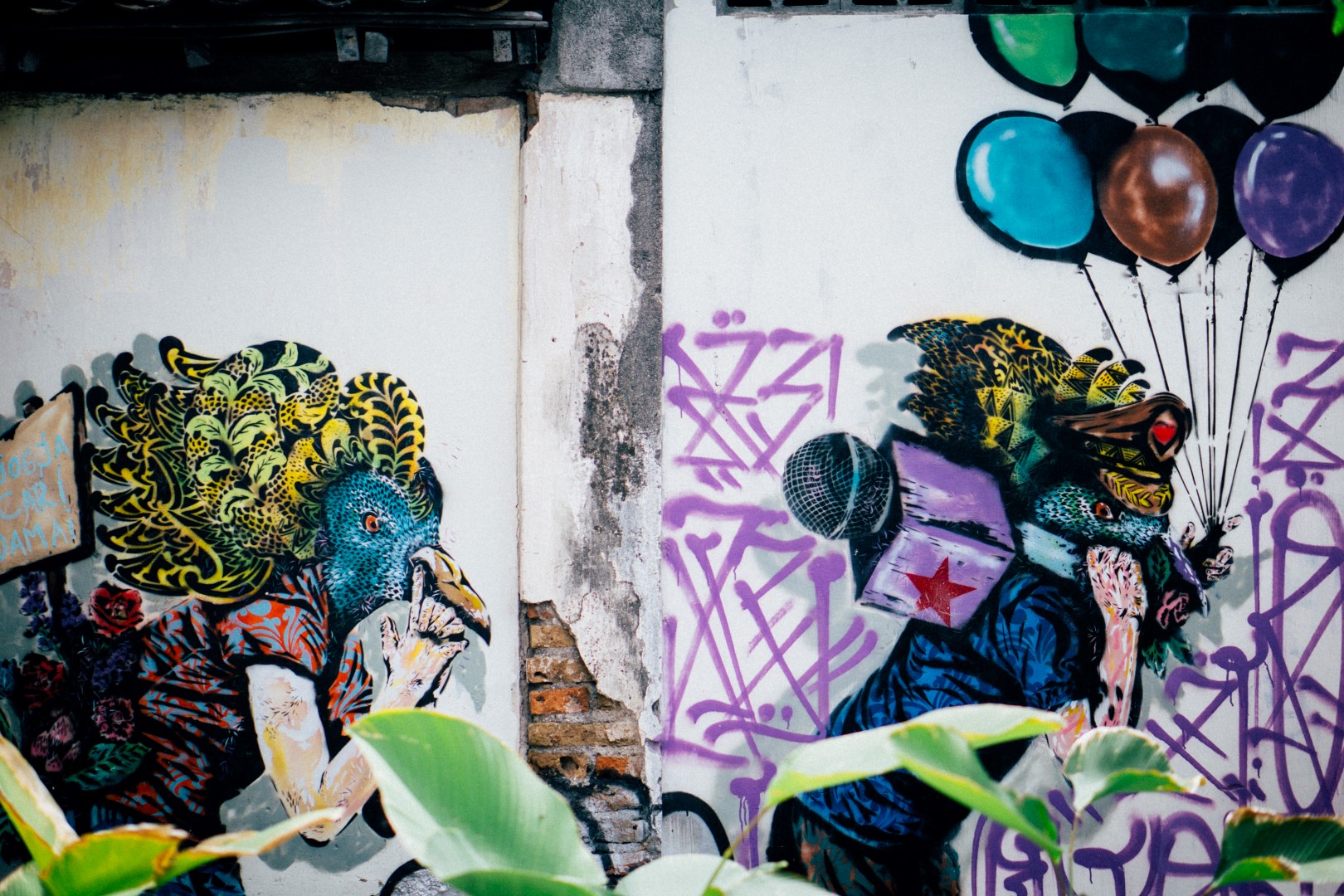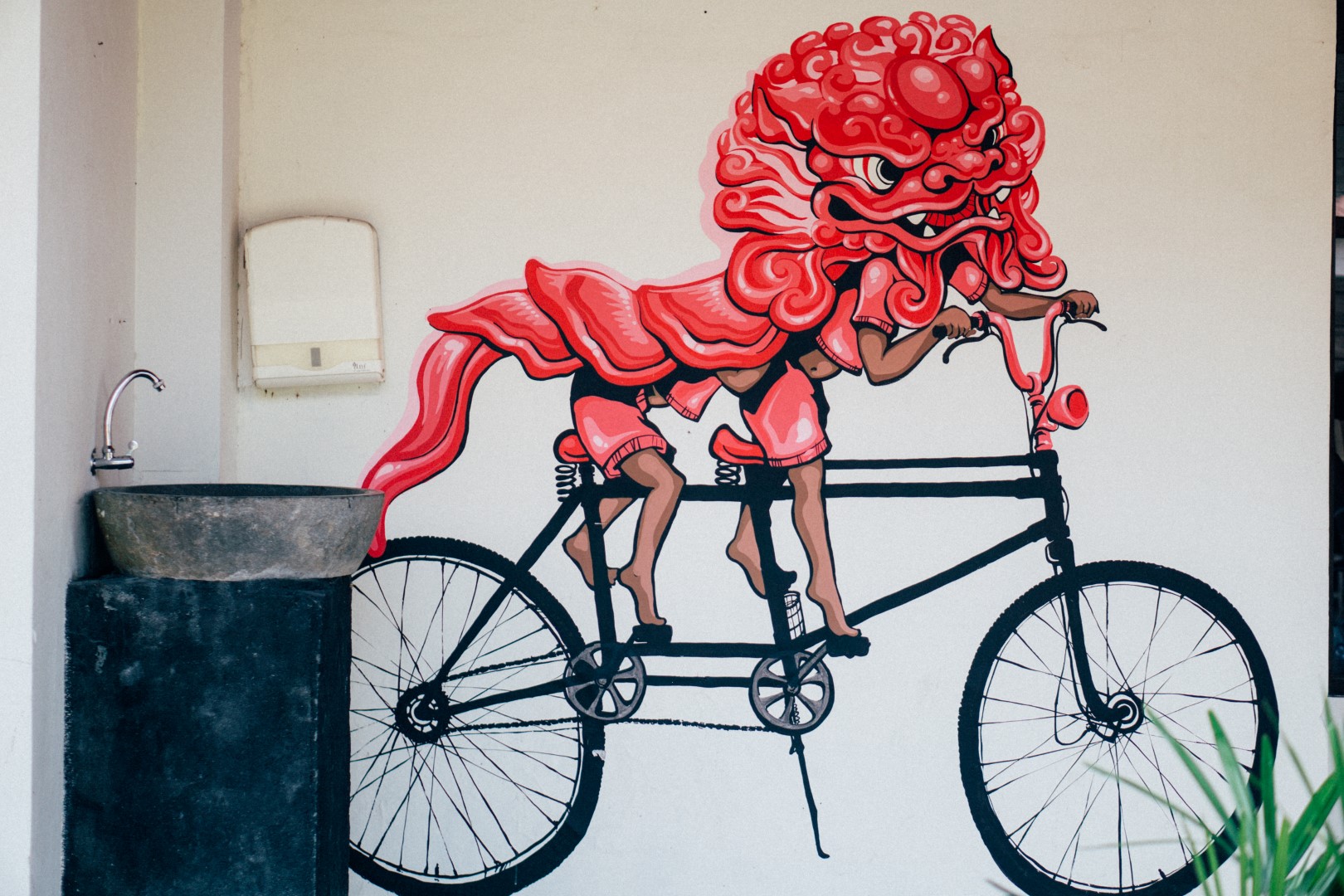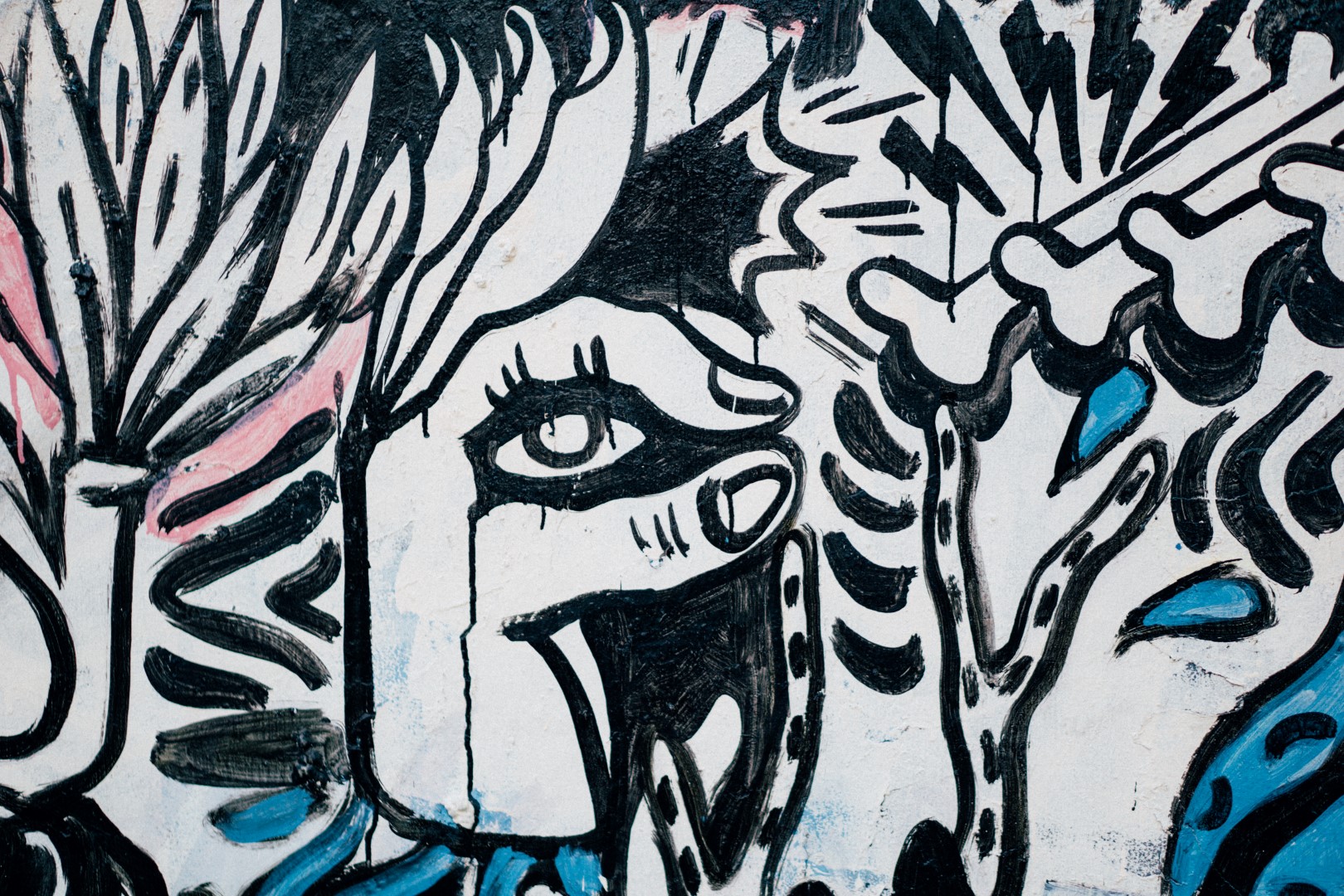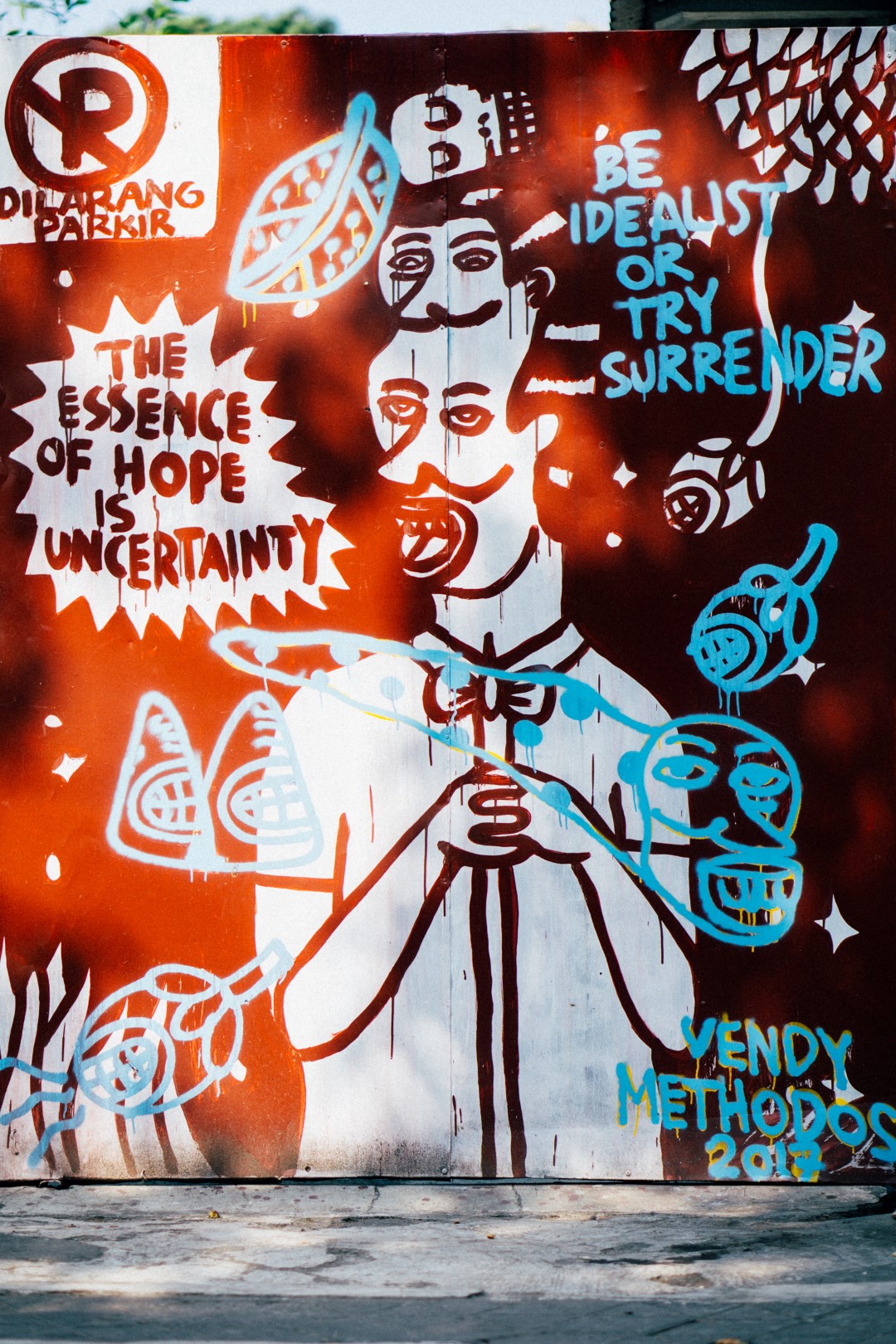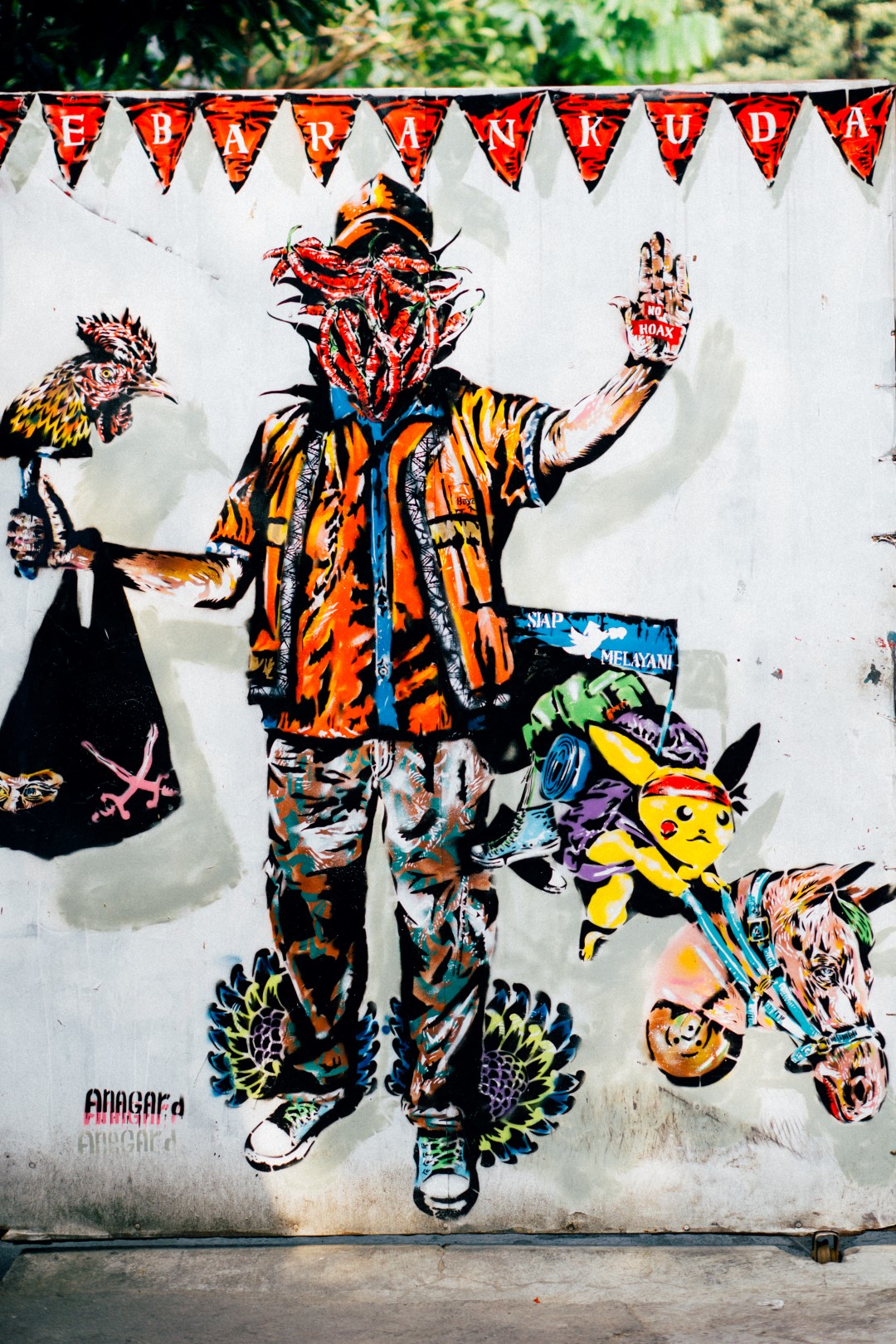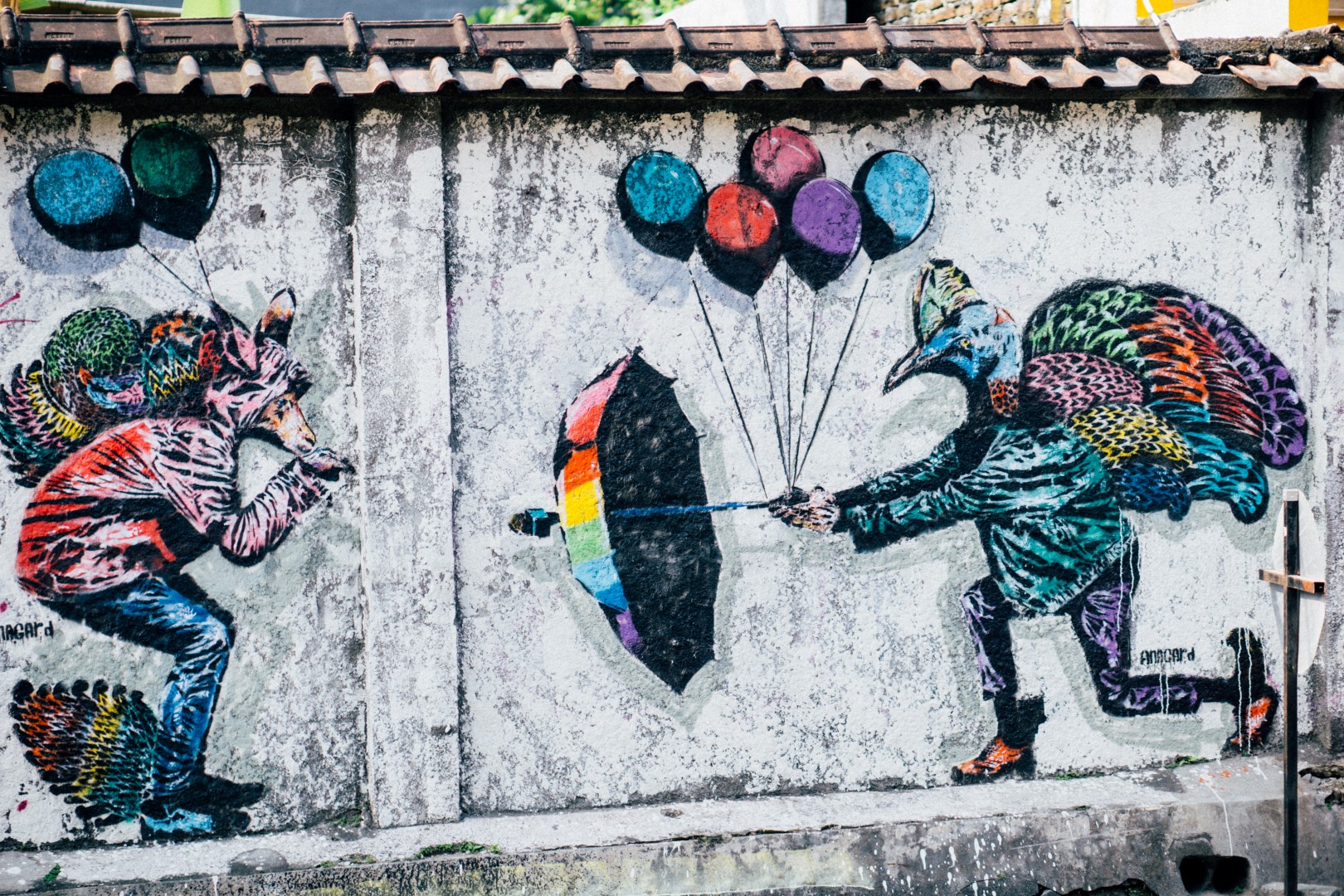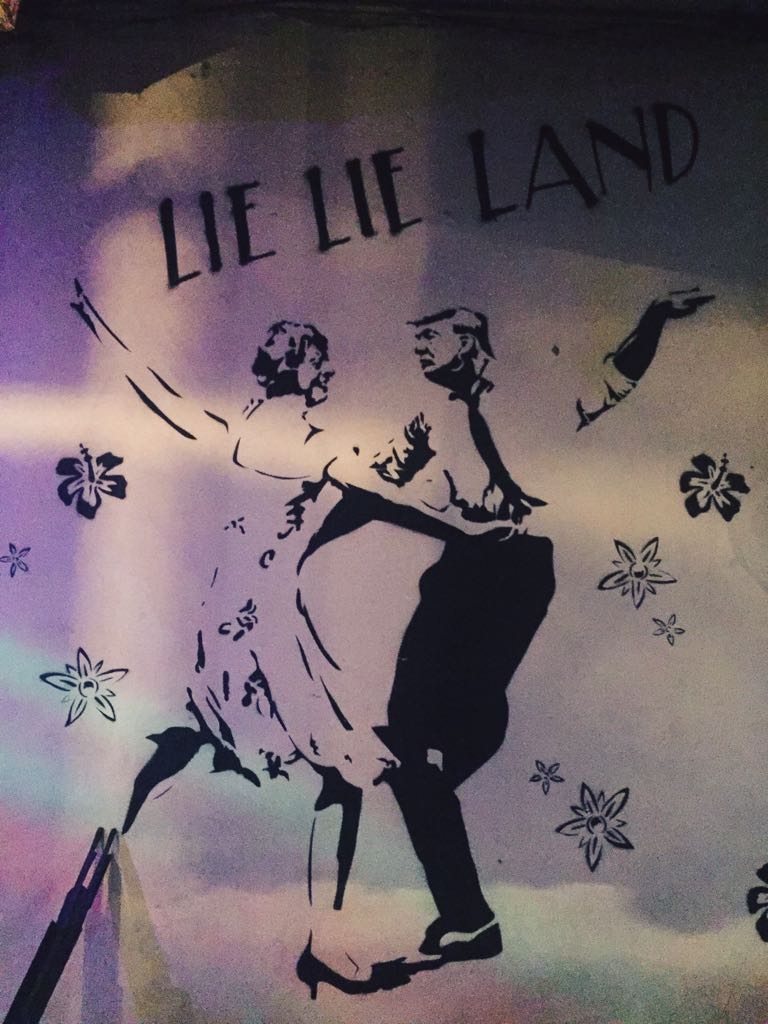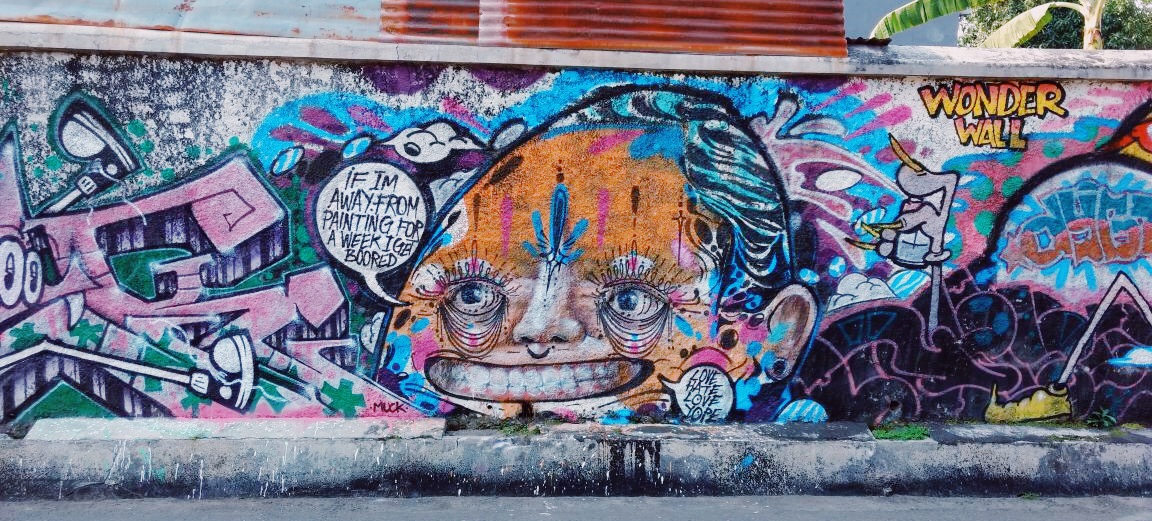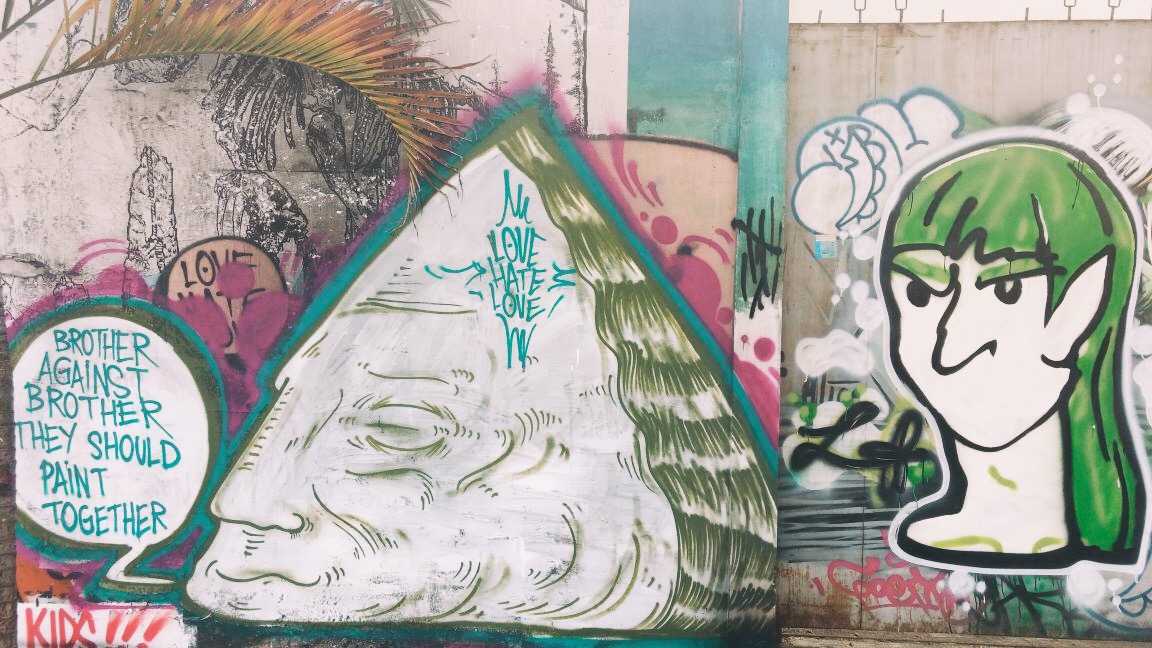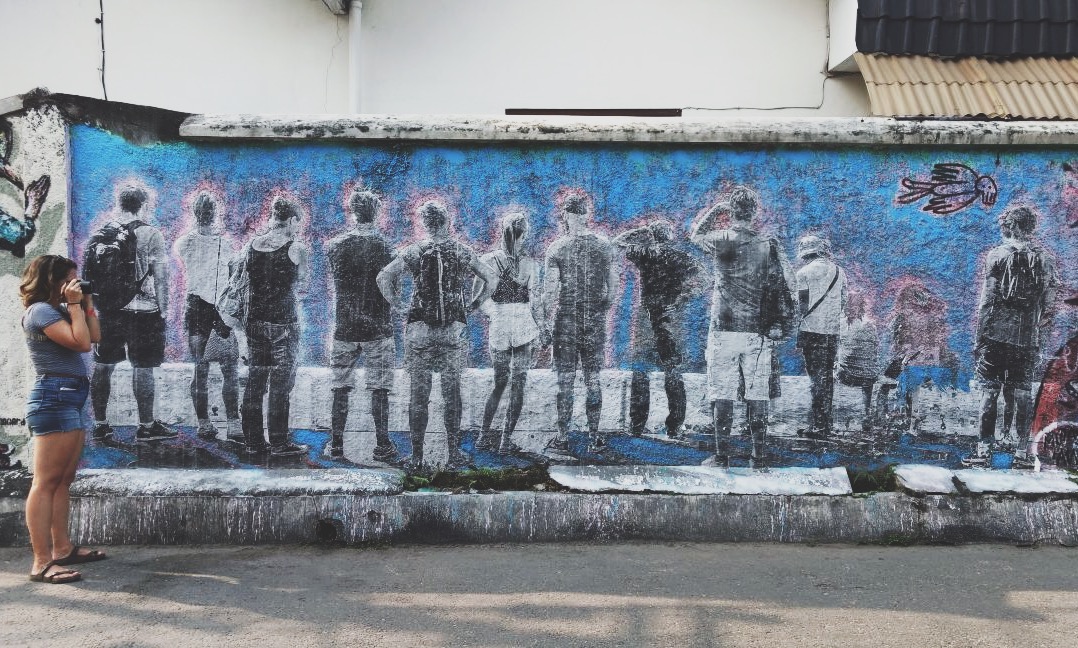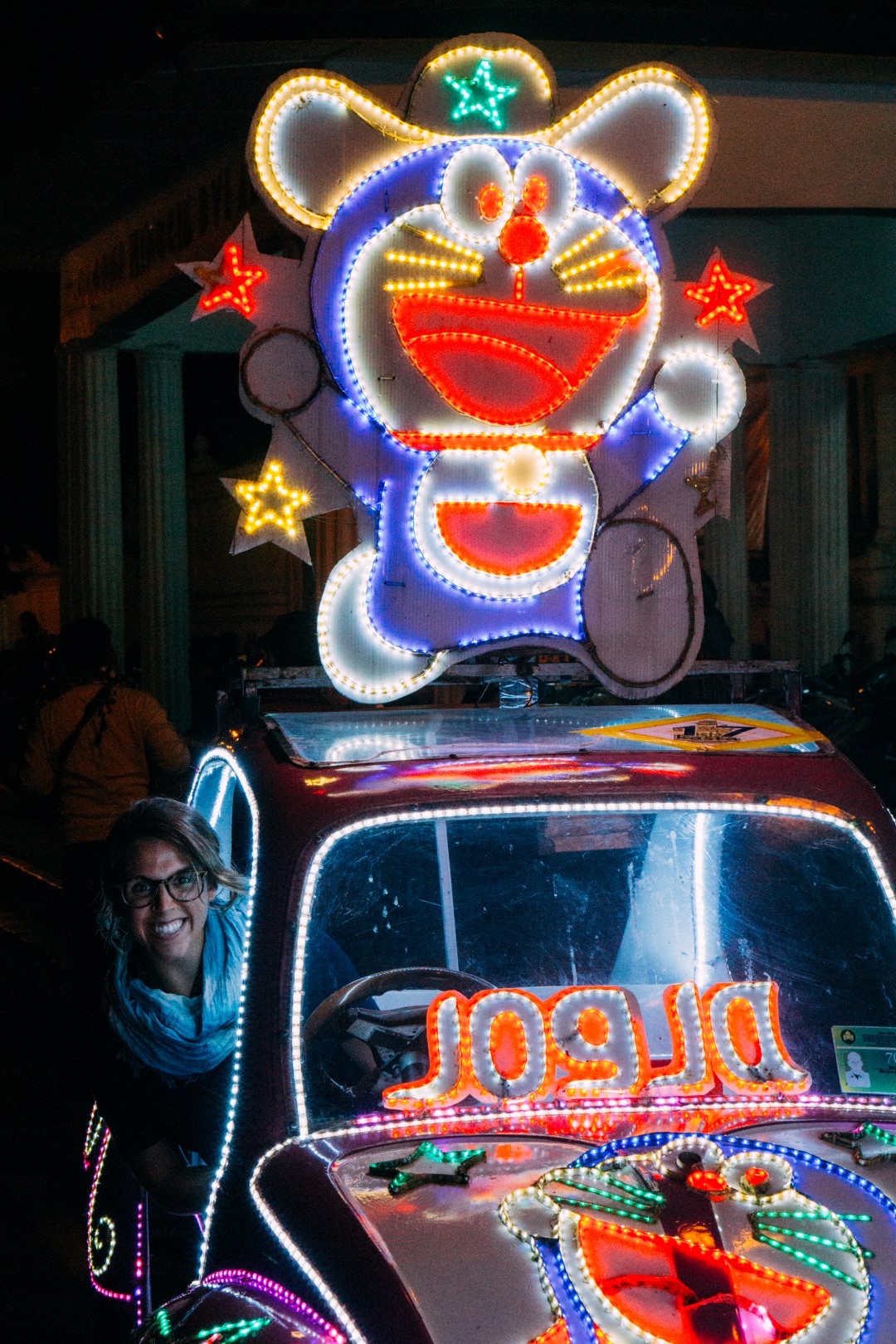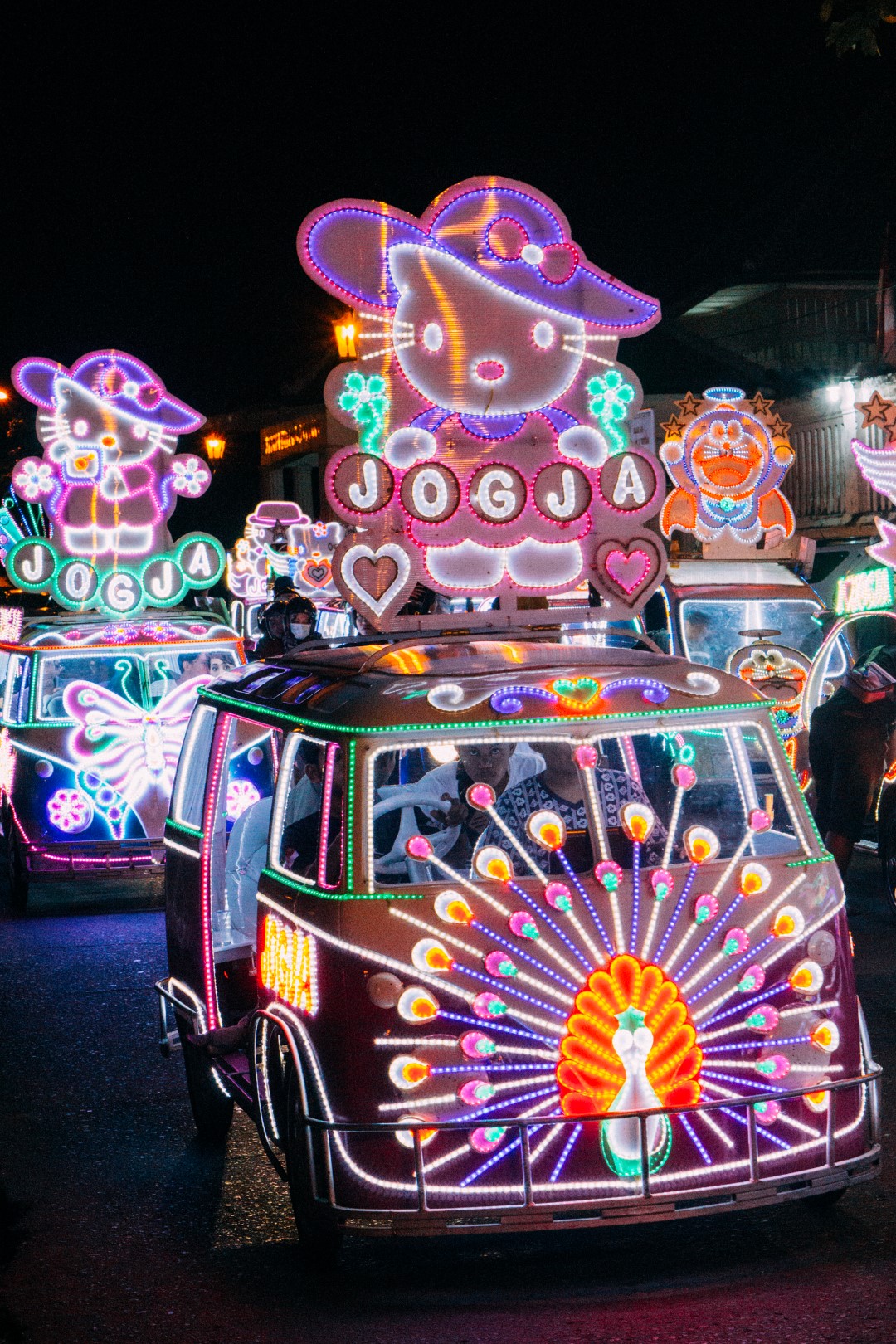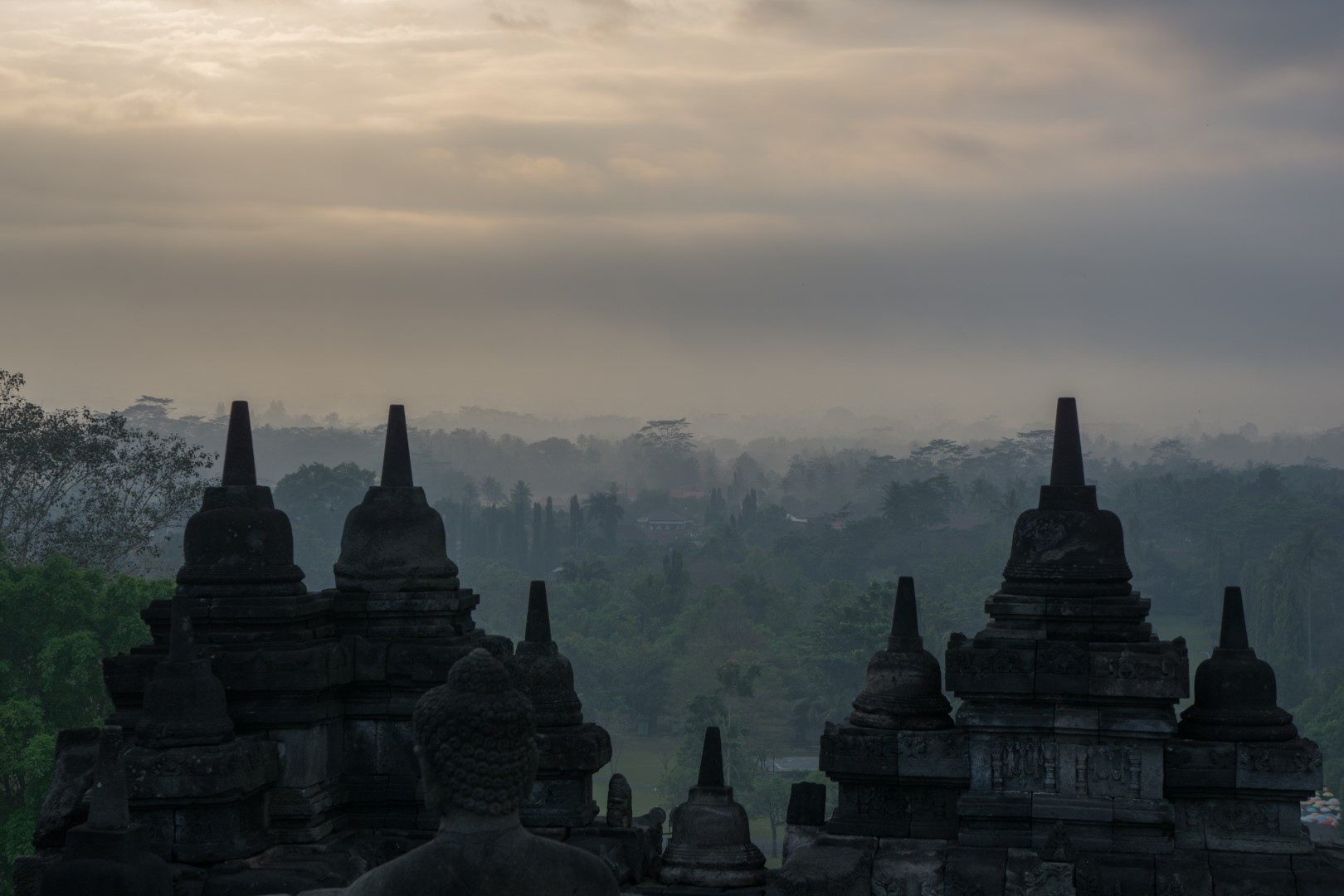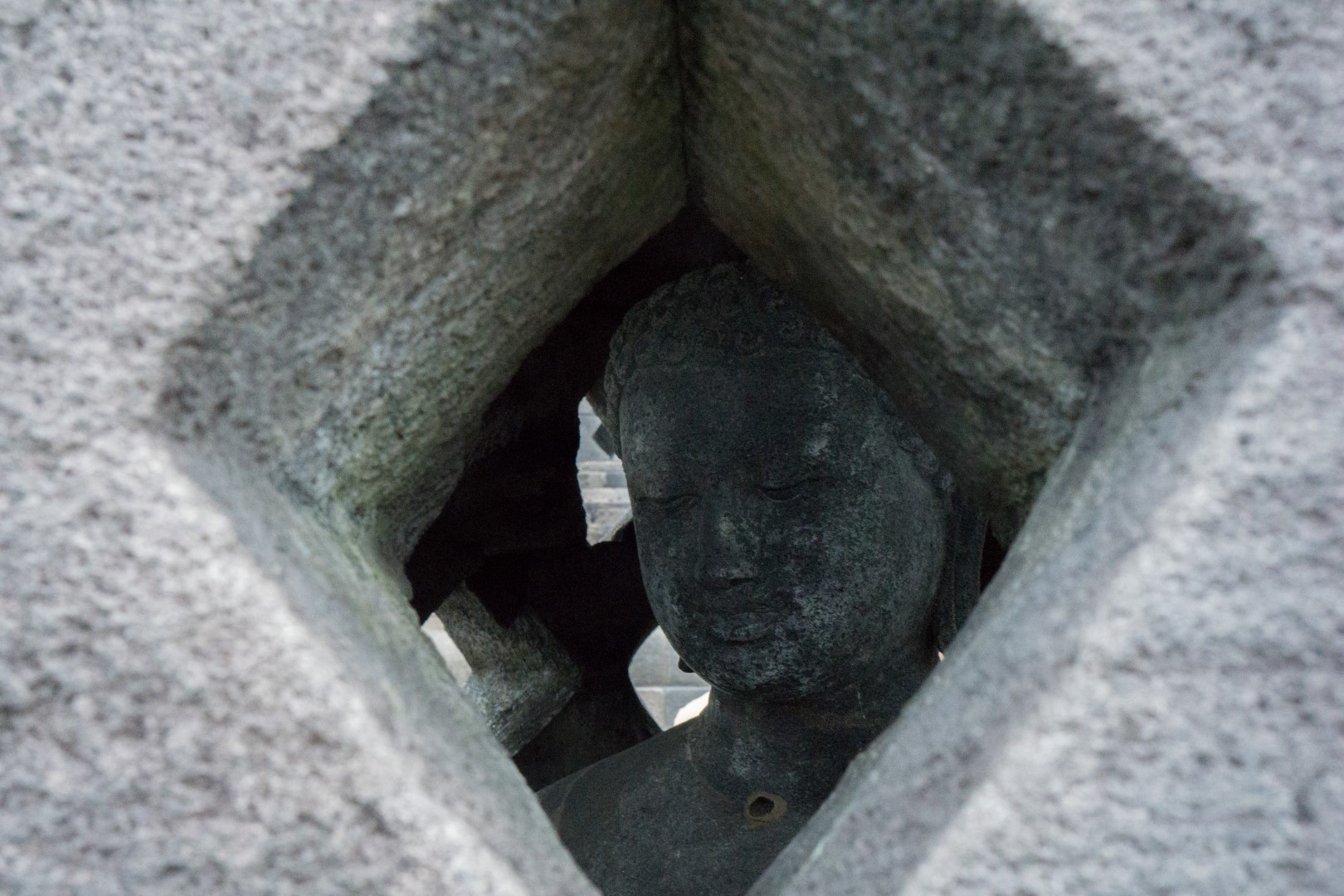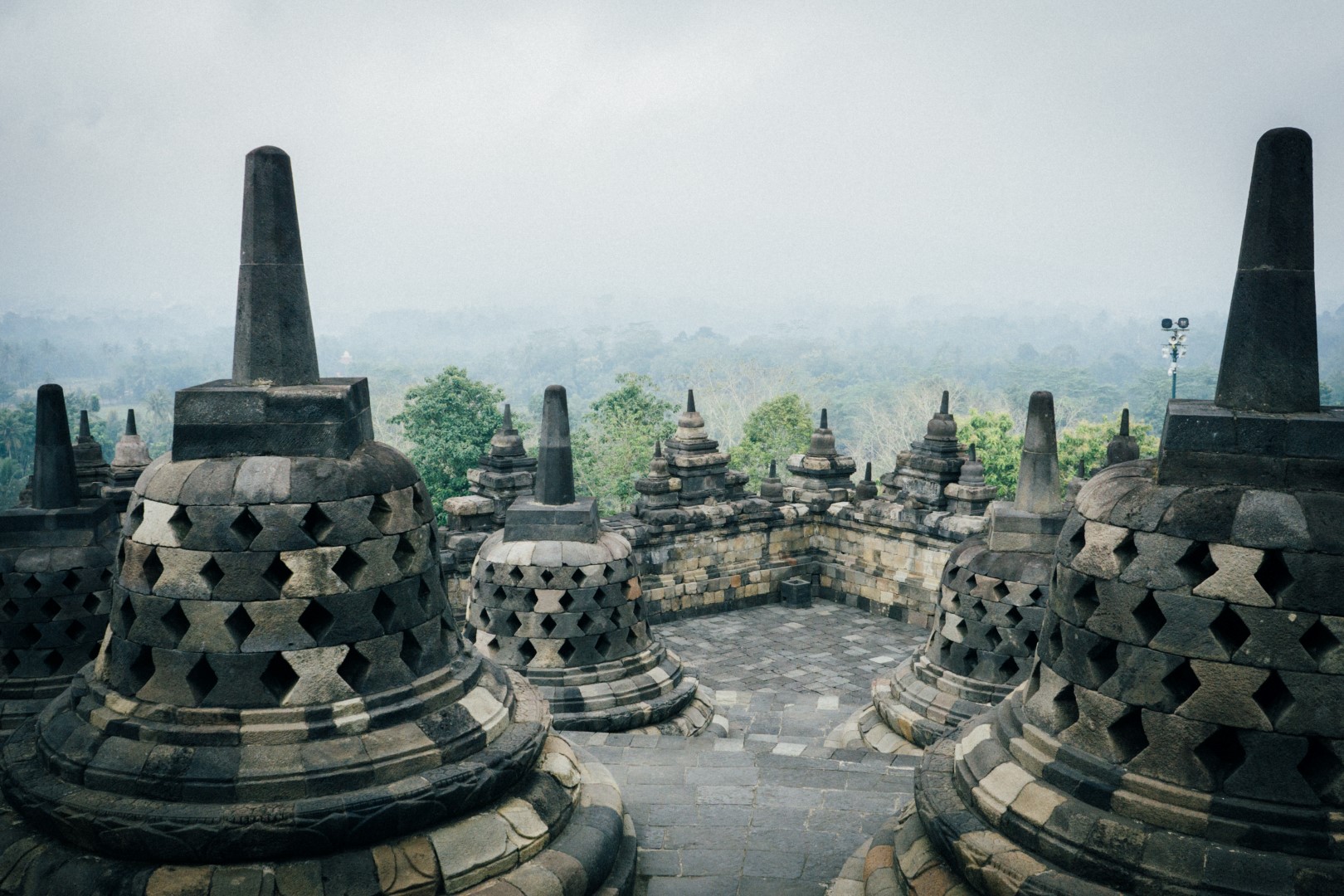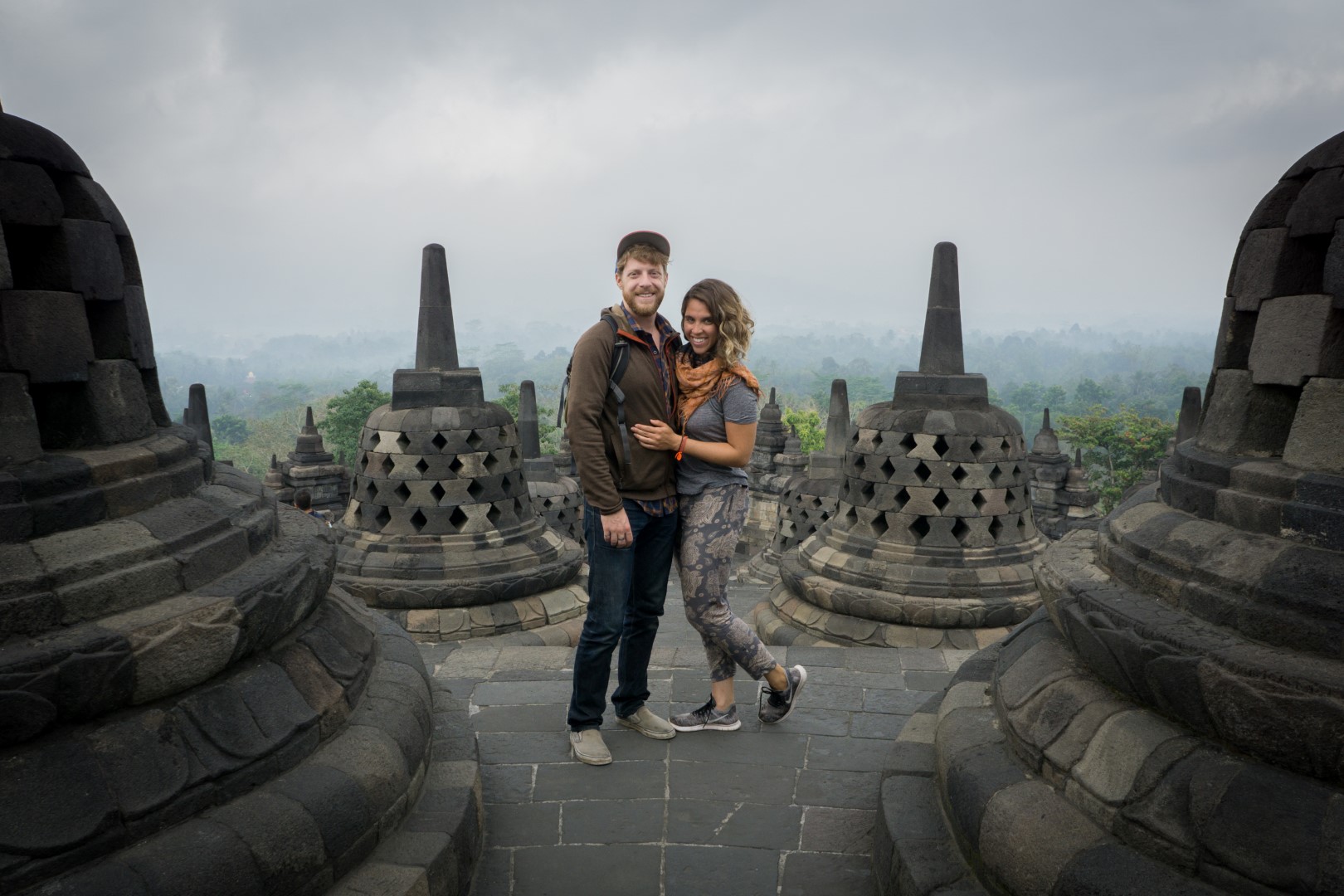Indonesia's Cultural Heartland
There are many cities in Indonesia – Jakarta, Surabaya, Bandung, Mendan – to name but a few. But there’s only one that can be called ‘the heart of Indonesia,’ and that’s Yogyakarta. There are many topics that I can gel on at length about Yogya, and we’ll get to those in a minute, but the one thing that I can say about this place, and everything that we saw there, is that for the first time in Indonesia we finally felt like we were discovering something new. Unlike the Komodos, and Bali, and even the volcanoes, Yogya felt like a detour from the beaten tourist track, and it was so refreshing for us to finally immerse ourselves in the Indonesian experience for the first time after almost two weeks in this country. The history, the culture and the religion here really make Indonesia feel…Indonesian, and that was really invigorating.
History:
It’s said that the soul of the country lies here, but it wasn’t always that way. Before the expansion of Islam in the sixteenth century, Mataram (Yogyakarta’s original name) was a city on the border between the two Hindu and Buddhist dynasties that ruled over parts of Indonesia. Two great temples were constructed here during this time – Prambanan, the largest Hindu temple in Indonesia, and Borobudur, the largest Buddhist temple in the world. Religion ruled here, but the city was relatively harmonious – dogs and cats living together, all that good stuff.
Despite it’s known influence as a center of Buddhist and Hindu religions on Java, it was when the Muslim Mataram Sultanate, and subsequent Yogyakarta Sultanate, made it really began to take off. Yogyakarta (renamed for the sultanate that still exists to this day) became a center of resistance to early British and Dutch occupiers of Indonesia, and the seat of what would many would consider the ‘Royal Family’ of Indonesia. After the Japanese occupying forces in WWII were thrown off the island, and the Dutch were finally kicked off in 1948, the Yogyakarta sultanate declared the Indonesian Republic. The people of Indonesia, sympathetic to the help and influence of the sultanate, kept it around and made it part of a Special Administrative Region – the only region in Indonesia that it still headed by a monarchy.
What all of this means, more or less, is that the city has a ridiculous amount of importance to the Indonesians for its historical implications, as it was the main stage of local Indonesian resistance for most of modern history. It’s no wonder it’s said that the heart of the country lies here.
Culture:
Even as the history of Indonesia runs through Yogyakarta’s veins, there’s no doubt upon visiting the place today that it has two feet firmly in the present. Before arriving in Yogya, we had read about an established arts scene that was very visible throughout the city. This was evident upon arriving, as the place is plastered with fantastic street art; every wall in the old quarter it seems has something that makes it come alive with the spirit of the place. We spent hours wandering around the old quarter and other random alleyways, just finding little gems here and there that people had left behind.
And that wasn’t the only thing that was part of the nuevo-cultural movement in the city, the Yogyakartans have in fact come up with something even more special: bling cars.
Yes, ladies and gentlemen, these beautifully ridiculous pieces of machinery are pedal-powered car bodies, plastered with as many speakers as they can jam into them and as many lights as humanly possible. They have a top speed of about 3 kilometers per hour (2 miles per hour), because they’re so damned heavy with all the batteries that they have to jam in them you simply can’t get them going any faster. Rachel and I spent an entire night just driving these things around the center of town, and it was awesome – it was one of those things I never knew that I wanted to do until I did it, and now I want one of my own.
But even if modernity seeps through Yogya, the people here don’t forget where they came from. We spent a night out on the town at Ramayana, a Hindu ballet depicting the story of Rama rescuing his girl Sita from the demon king Ravana. If you don’t know what this means, that’s fine. We still don’t, and we sat through two hours of explanation and dancing (which, granted, was completely in Indonesian, so it wasn’t all that enlightening). We enjoyed the hell out of Hanuman, the monkey king, flipping around the stage though, and all costumes and dance-fighting were very well done.
A lil' Ramayana for y'all. Not pictured: the rats running through the rafters.
And, of course, no amount of writing on culture is ever complete without mentioning the food, and Yogya finally gave us our first real taste of proper Indonesian food – none of the shitty pizzas in Labuan Bajo or the vegan nibbles in Bali, this is proper local fare. The breakfast Soto was on point, the Gudeg (which we ate in a neighborhood in the middle of nowhere in the middle of the night in some completely unknown Indonesian lady’s kitchen) was awesome, the Mie Ayam (Mie Ayam Tunggal Rasa) was just so tasty, and the gelato (Il Tempo de Gelato) was out of this world.
Religion:
Of course, given the history of this place, no visit to Yogyakarta would ever be complete without visiting the hugely significant temples that surround the city. To many Indonesians, and indeed many other people of the world, these massive, majestic holy places are symbols of their religion and culture. To us, they were a rip-off.
Welcome to Borobudur.
Let me explain. Clearly, we love history, religion and culture. You simply don’t travel if you don’t like these things – they help you to put context to the societies that you encounter, and help you to understand different peoples of the world better. We fully support protecting these cultures and their artifacts, whether they be giant temples or small statues. But to pay fifty dollars to enter what amounts to a giant shrine to the Buddha, of which we’ve seen plenty of great ones, really struck us as highway robbery.
And that’s the thing. It’s not like Borobudur wasn’t impressive – it was. You don’t go to the world’s biggest Buddhist temple and come away thinking, “…meh.” It was truly beautiful. It was stunning in every way – the setting, the architecture, the stone carvings, everything. We walked around the different terraces of the temple for a couple of hours, watching the rising sun dapple the stone bas-reliefs and illuminate the faces of all the Buddha statues ensconced in their stone huts.
No matter the beauty however – and this goes for most of Indonesia, not just Borobudur – we couldn’t help but feel like, even if going to see Borobudur was worth it in absolute terms, that we weren't satisfied with the relative value (especially when you considered the massive difference between the entry price for Borobudur and the average daily wage of a sulfur miner on Mount Ijen!). When we arrived in Yogya, it was so refreshing to finally see and do things that felt like local experiences and purely Indonesian, not just paying tour companies to shuttle tourists on the beaten path through 'Lonely Planet's Top Ten Sights of Indonesia.' Our visit to Borobudur, with the crowds and the high entrance fee and the parking, took us back to that feeling, and it wasn’t welcome. And, of course, having just seen the massive and sprawling Angkor Wat temple complex a few weeks back for essentially the same price didn’t help either.
But hey, that’s Indonesia for you. There’s no doubt that the country has some of the most unbelievably beautiful scenery – both above and below the water – that we’d ever seen. The Komodos were spectacular, Bali was resplendent, the volcanoes were magnificent, and Yogya was beautiful. And, I do have to say, for the most part the people were really laid back, easy-going, and kind. We would both go back to Indonesia in a heartbeat, for these reasons and many more, and I can say with confidence that it was one of my favorite countries that we visited in Asia.
Reeeal laid back sometimes.
Nevertheless, there were more times than I expected that we felt like numbers, or dollar signs here – another farang on his or her quest to Eat-Pray-Love their way through the archipelago and getting fleeced by the locals on the way. Indonesia showed us the best and the worst sides of tourism, making it infuriating and unforgettable in equal measures.
Luckily for us, the next country that we were heading to only opened it's doors to tourists a few years ago, and it showed. Heading into Myanmar, especially after Indonesia, we were completely unprepared for one of the most surprisingly honest experiences we'd have on this entire trip!
Also, meet Bob. That's his actual name. In Indonesian.





